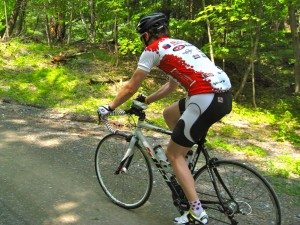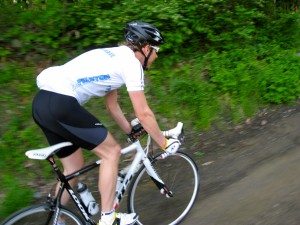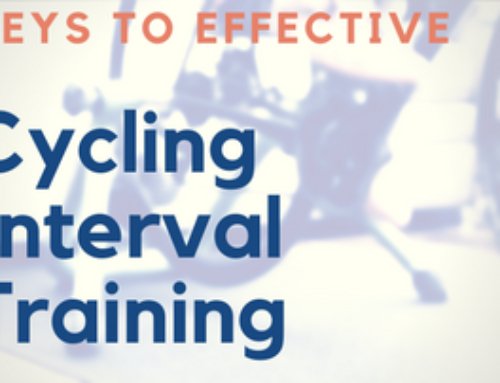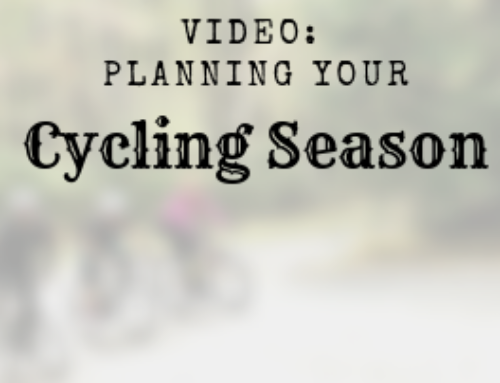Ahh fall…the time of year when a young cyclist's fancy turns to thoughts of wind vests, leg warmers, and dirt roads. No, I'm not talking about giving up your skinny tires for the thick tired, mosquito-infested world of mountain bikes. I'm talking about throwing out your inhibitions and take the left turn down the road that you've passed by a hundred times before. I'm talking about riding across that asphalt/dirt demarcation with confidence and a smile. I'm talking about not being afraid to bring your bike home looking like it's more a ‘cross bike than a road bike. But like riding in the rain, a few simple precautions can make the ride easier and (dare I say) more fun.
A Dirt Road Mentality
After having led rides on dirt and talked to the people that partake in them, the overwhelming impression of dirt virgins is as follows: “I'm going to destroy my bike” or “I'm going to crash.” In reality, the mentality of riding dirt roads is somewhat comparable to the mentality of riding on wet roads. “Trust your skills and trust your bike” are the mantras that should go through your mind as you hit some unpaved territory. Trusting your bike is a no-brainer; the pros ride the same bikes over terrain that is often worse than what we'll find on any backroad (compare the cobbles of Paris Roubaix to the dirt road down the street and tell me which is worse…) Trusting your skills can be a little harder to get comfortable with, so let's explain the “get back, get low, stay seated and go” philosophy of riding dirt roads.
Get Back!

When the going gets gravelly (or sandy, or soft, or loose) get acquainted with the back of the saddle. Slide rearwards so that you're sitting on the very rear of the saddle and put your weight over the rear wheel as much as possible. A technique taking from the mountain biker's skill book, this technique allows the front wheel to float over deep, sandy or loose terrain with relative ease. Since road bike tires are substantially narrower than mountain bike tires, they will have a tendency to dig into soft roads instead of riding over the top of them, coming to a complete stop and turning you into an impromptu acrobat as you pitch over the bars. By keeping your weight back, the front wheel will dig in less and you'll be able to maintain some amount of control over the bike.
Keeping your weight back will also help keep traction on the drive wheel. Along with the problem of digging into the soft ground, road tires also have a significantly smaller contact patch when compared to mountain bike tires. This makes it much easier to overcome the friction between the loose ground and the wheel, spinning the tire uselessly (imagine the difference between a car taking off from a stoplight in dry vs icy conditions.) Keeping as much weight over the rear of the bike will keep you from spinning out and losing control of the bike, so keep your chamois firmly planted on the tail of the saddle and ride out the rough stuff.
Get Low!
Now that you've slid back on the saddle, get your hands into the drops and keep them there. Yes, riding in the drops may feel awkward at first, but it serves a valuable purpose. By moving your center of gravity lower to the road surface, you'll increase the amount of control you have over the bike. This is especially important when traction does get iffy and the wheels start to break away. Having hands in the drops and a lower center of gravity will allow you to correct the potential skid before you end up face down in the dirt, which is somewhere you probably don't want to be.
Alternatively, you don't have to be in the drops. Placing your hands on the tops of the bar next to the stem and dropping your elbows straight down will bring you low, and let you get wayyyyyy back on the saddle. Be alert that in this position you have less control over the front end of the bike, so keep a close eye on which line you choose.
Stay Seated Until The Ride Comes To A Complete Stop!
Getting back on the saddle and staying low in the drops works the best when your butt remains planted on the saddle. Standing pushes the body forward towards the bars and puts weight over the front wheel (which is counterproductive to what we're trying to accomplish.) If you have to stand and stomp on the pedals, be sure to keep your weight as far back as possible. In fact, you should be far enough back that the saddle will be brushing the insides of your thighs as you swing the bike back and forth. You should also be shifting to a harder gear as you stand up, as detailed next.
Go Baby, GO!
With your butt on the back of the saddle and your hands in the drops, you need to keep those legs churning through everything you come across. And by churning, I mean to shift up to a harder gear and pedal a slightly slower cadence. If your typical cadence is 90 RPM, consider a cadence of 78 or 80 RPM and keep plenty of tension on the pedals (and in your muscles.) A fast cadence in a small gear (high torque) will increase the likelihood of spinning the rear wheel, even though your weight is over the back wheel. The larger gear will reduce the chances of spinning the rear wheel out, stalling you and forcing you off your line. Keep the legs churning, the gear high and muscle tension high.
Confidence Counts!
With the simple tips above, you'll be able to have confidence in your skills riding on dirt roads, and you'll be riding at the head of the group when the going gets dirty. Before you know it, you'll be searching out seasonal access roads, dirt paths and gravel byways. Just keep your head on, your legs moving and get out there and start getting dirty.






